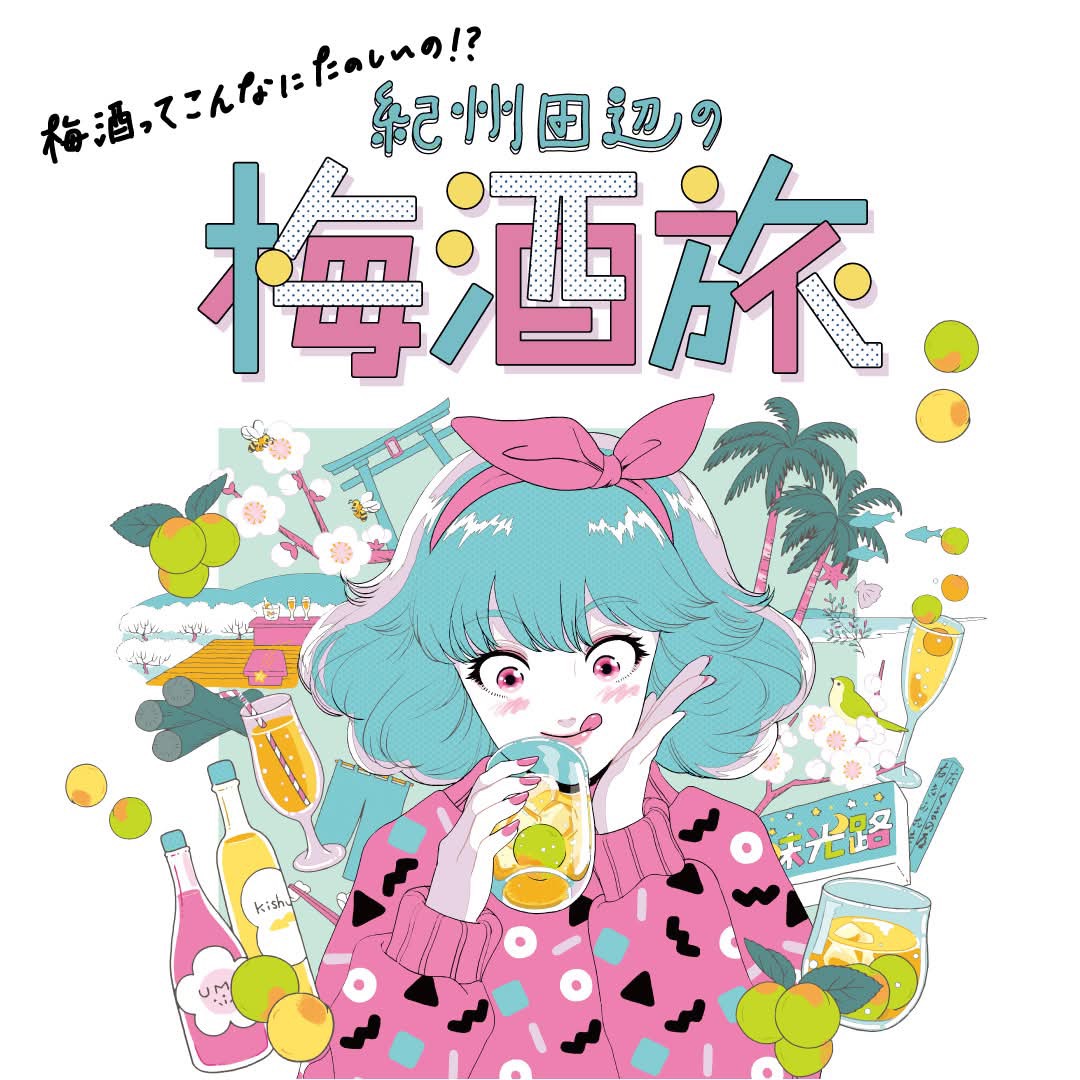
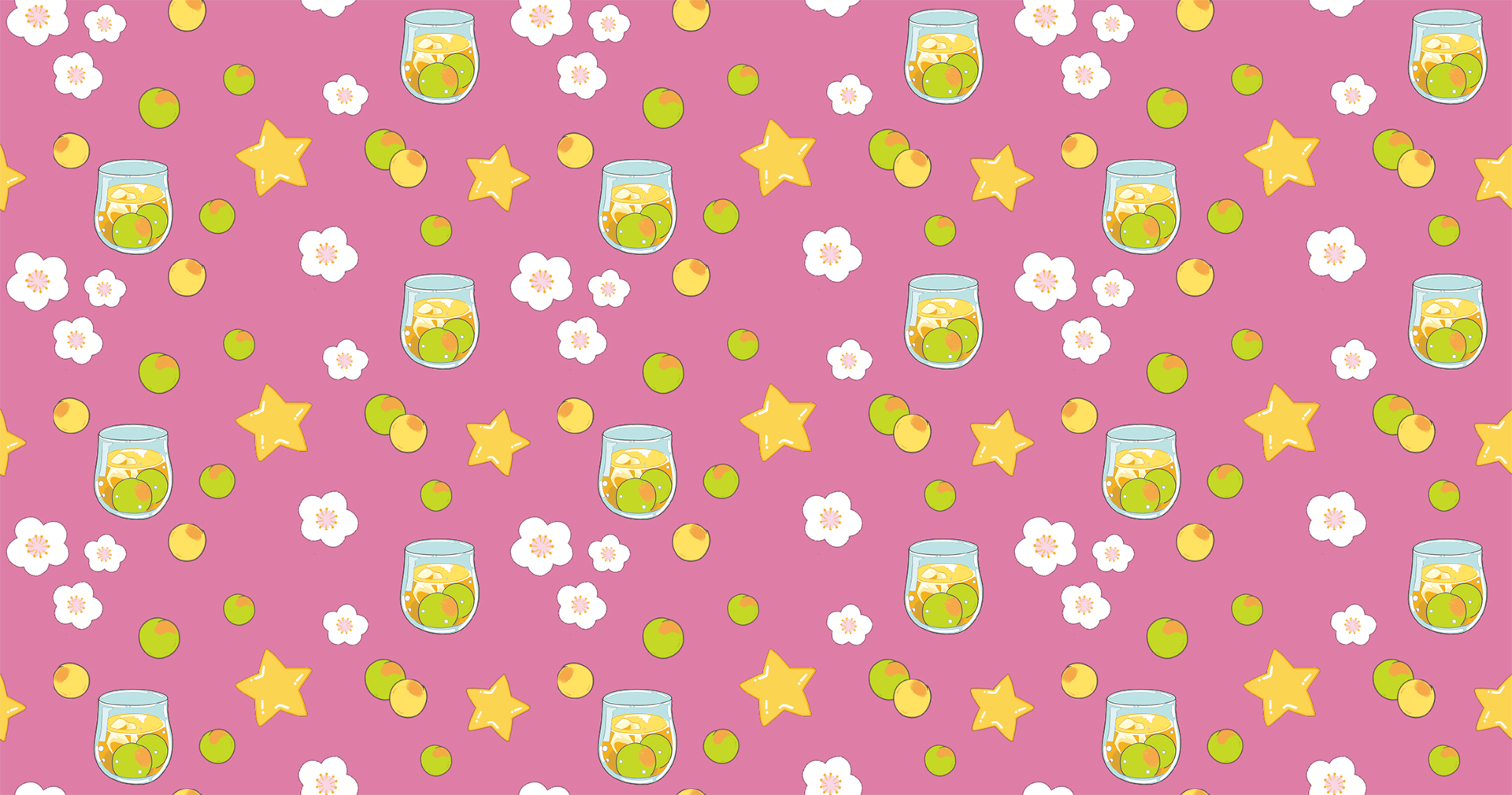
Welcome to Tanabe, the sacred place of Umeshu!
Tanabe City, Wakayama Prefecture.
Some of you may have heard of it as the gateway to the Kumano Kodo.
In fact, Tanabe, along with neighboring Minabe Town, is Japan’s number one producer of Ume.
We want more people to enjoy delicious umeshu made from a variety of Ume.
Everyone who loves umeshu, please check it out!
“Umeshu Journey” to Kishu Tanabe, the sacred place of umeshu Enjoy!

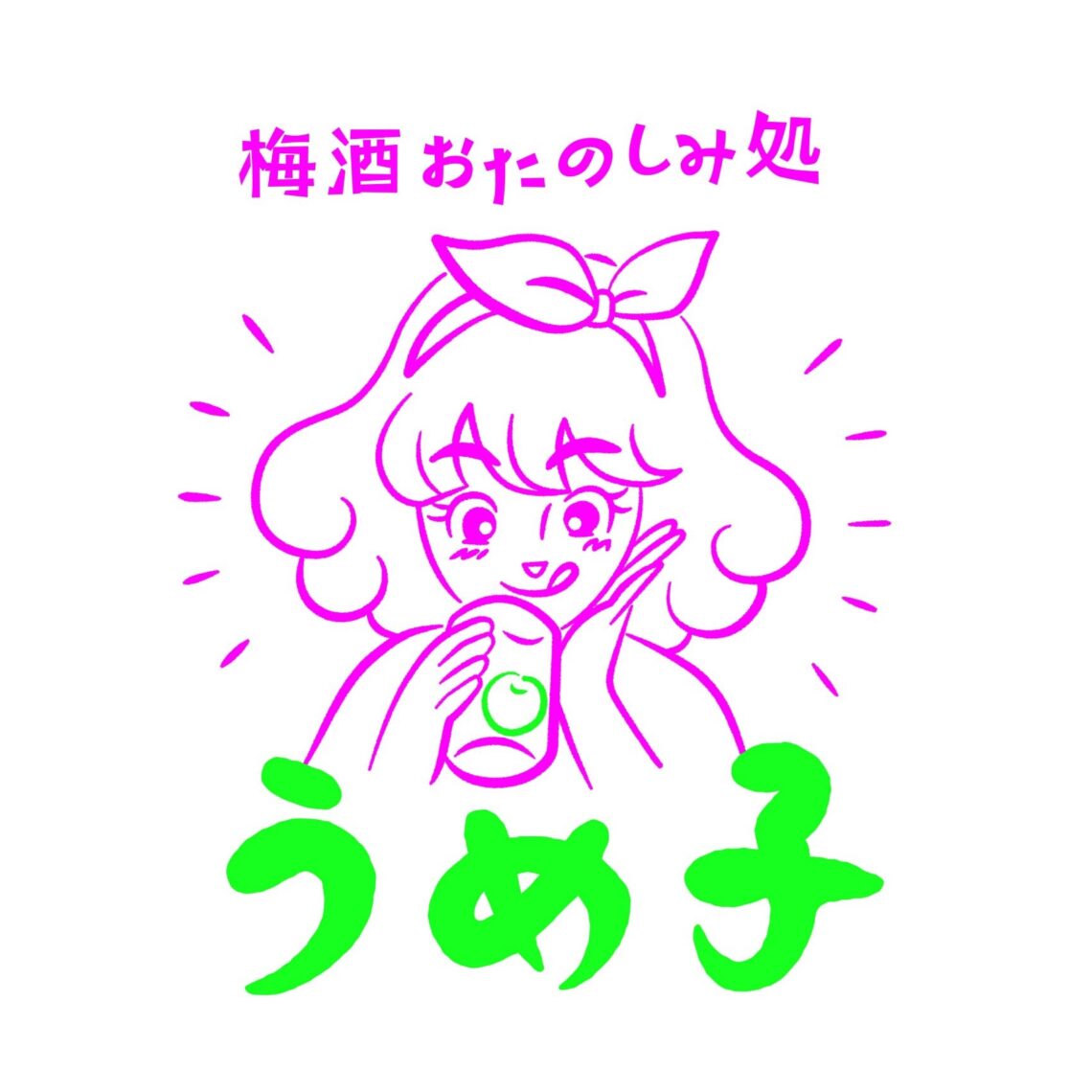
Umeko, a new Umeshu experience spot,
has opened in Tanabe, Kishu, the home of Ume,
where you can try out more than 100 types of Umeshu
and try your hand at making Umeshu.

Umeshu x spectacular view
Umeshu terrace
While looking at the Ume fields and feeling the sea breeze.
Drinking Umeshu in a place full of freedom is sure to taste even better than usual.
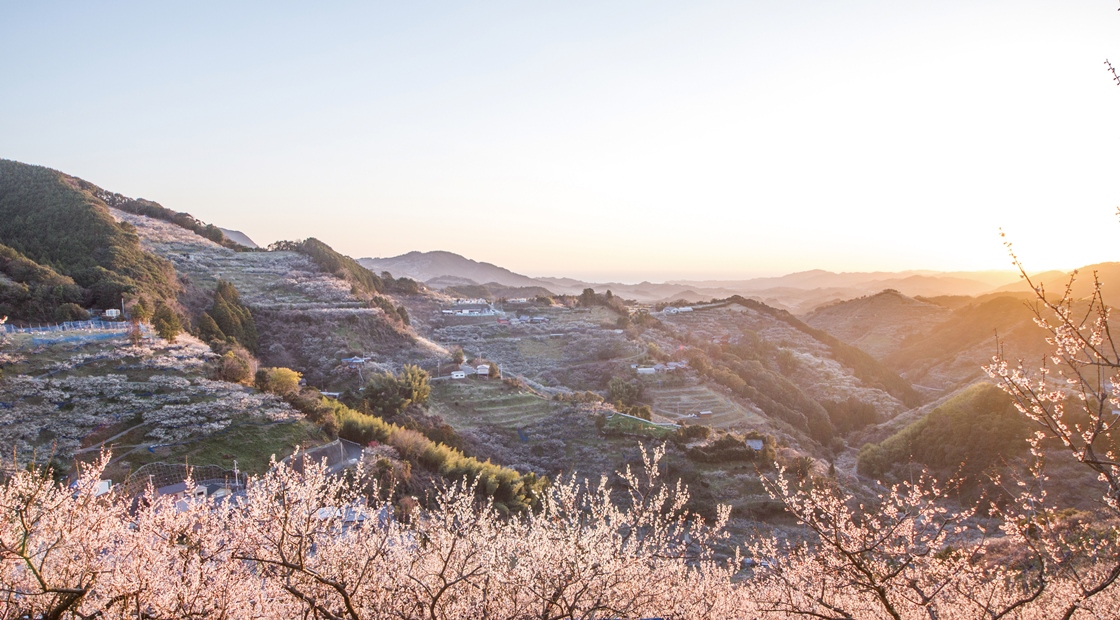
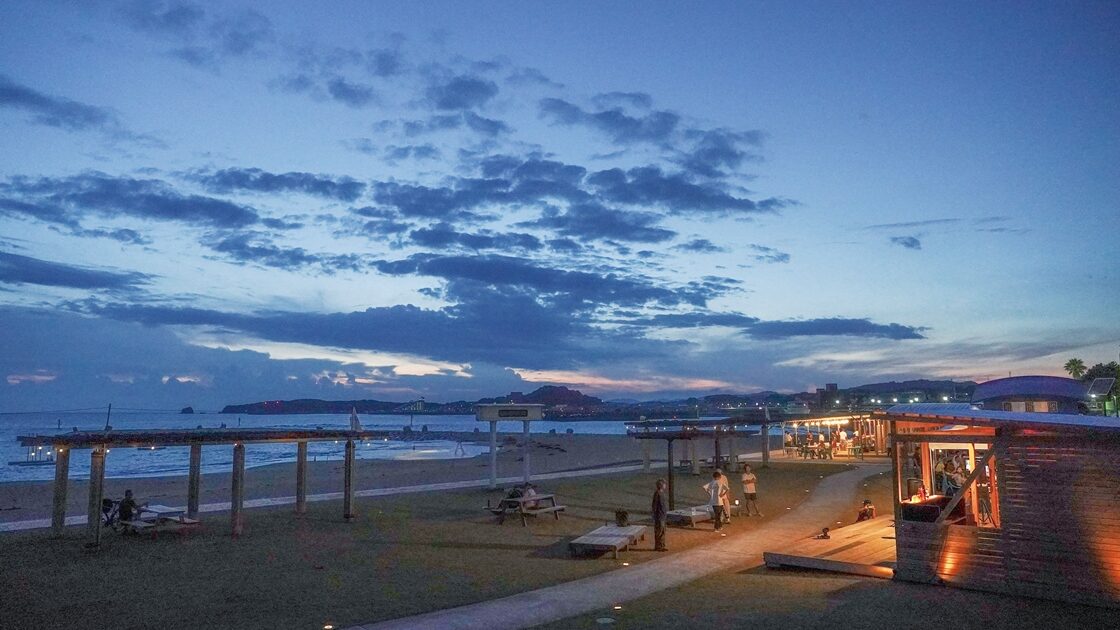
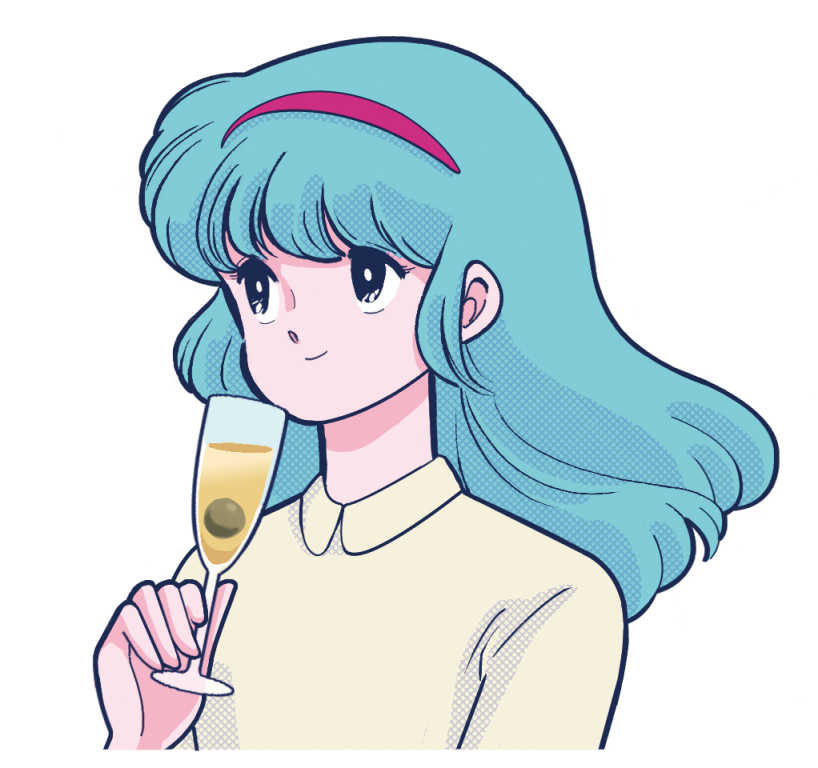
Craft Umeshu comparison
Tanabe City is the only city in the country that has a “toast with Umeshu ordinance”.
Mainly in Ajikoji, the prefecture’s premier restaurant district near JR Kii-Tanabe Station,
each restaurant in the city uses its own recipe to make pickles.
We offer “Craft Umeshu” and “Umeshu Cocktail”.
We are also holding a stamp rally where you can win cute glass!
When you come to Tanabe, toast with our unique Umeshu menu

Kishu Tanabe Umeshu
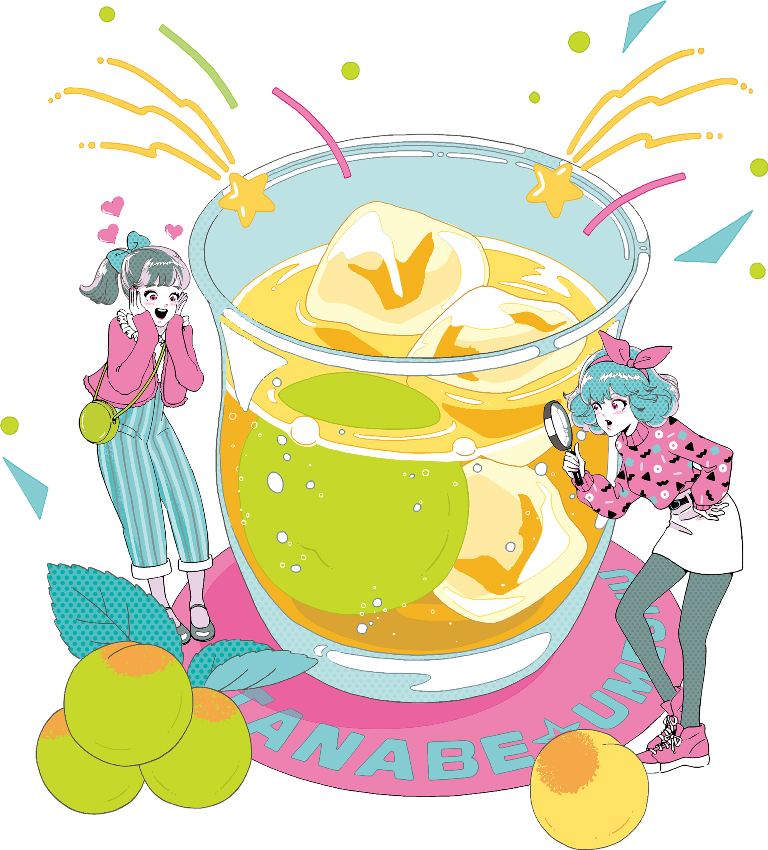
Umeshu can be made from the simple ingredients of ume, sugar, and alcohol, but various flavors can be created depending on the sugar used, the type of alcohol, and the aging period.
Please look for the recommended umeshu in Kishu Tanabe, a major ume producing area.
A slightly serious story Tanabe and Ume
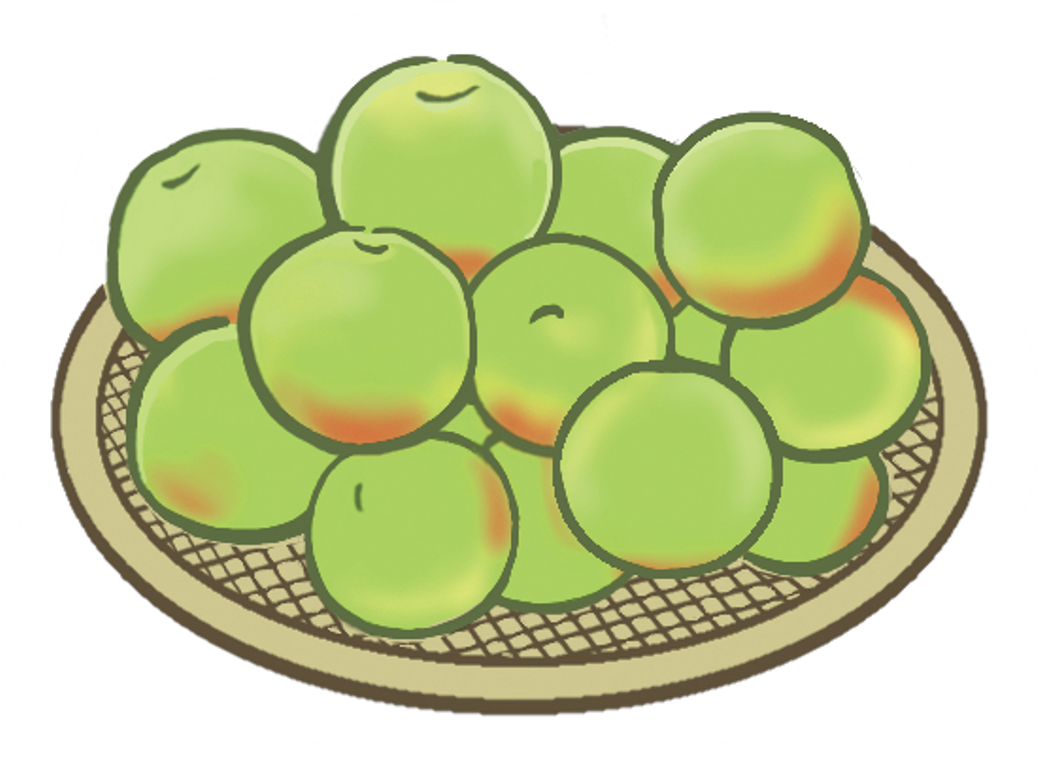


It is recommended that the lord plant Ume.
During the Edo period, the people of Tanabe suffered from heavy taxes. Since taxes were not levied on poor land where only bamboo and Ume could grow, they decided to plant Ume. One theory is that it was encouraged by the feudal lord, Naotsugu Ando. It is said that umeboshi in particular were produced in such large quantities that huts were built to monitor them as they were dried in the sun on the riverbank.
As umeboshi was adopted as military food during the Sino-Japanese and Russo-Japanese wars that occurred during the Meiji period, production increased and Ume cultivation began in earnest. During the high economic growth period of the Showa era, the demand for fruits increased, and Ume were no exception, with “Gojiro ume” and “Nanko ume” becoming increasingly popular. Tanabe Ume began to attract attention as new processed Ume foods such as jams and juices were developed in addition to pickled Ume.
Unique cultivation method recognized around the world
Global agricultural heritage? I’m sure many of you have heard of it as a world cultural heritage site. The World Agricultural Heritage Site is certified by the Food and Agriculture Organization of the United Nations (FAO) based on a comprehensive evaluation of the agriculture, forestry and fisheries industries that have been passed down from generation to generation while adapting to society and the environment, as well as the culture, agriculture, and biodiversity that have been nurtured in close connection with these industries.
Around Tanabe City, Ume trees are planted on the slopes of poor, pebbly soil while preserving forests such as Ubamegashi, which is used to make Kishu Binchotan charcoal. Ubamegashi forests not only store water and prevent soil from falling, but the Japanese honeybees that live there help pollinate the Ume trees, allowing them to bear beautiful fruit. This sustainable agricultural system has been recognized around the world, and on December 15, 2015, the Minabe-Tanabe Ume System was designated as a World Agricultural Heritage Site.
Tanabe’s blue diamond
During the Taisho era, Masaemon Nasu, who lived in Tanabe, grafted the tree, and a new Ume blossomed. They are so beautiful that they are nicknamed “blue diamonds”, and although they are not very large, they are firm and do not fall apart when pickled, which is why they became popular as Ume for making umeshu. Eventually, it came to be called “Gojiro” from Mr. Nasu’s trade name.
As Ume have become popular for making Umeshu, most of the Ume produced are sent to sake breweries. Nowadays, the production volume is decreasing and it is not often available on the market, so it is also called the “phantom Ume”.
At Tanabe, you can drink Umeshu made with this mysterious Ume, “Gojiro ume.” Why not come to Tanabe and enjoy Gojiro Umeshu, which is mildly sweet and sour.
Only Tanabe in the whole country! “Umeshu toast ordinance”
Tanabe City has enacted the “Tanabe City Kishu Umeshu Toasts and Umeboshi Ordinance” (commonly known as the Umeshu Toasts Ordinance) with the aim of expanding the consumption of Ume, further establishing the Kishu Ume brand, promoting and developing ume-related industries, revitalizing the region, and maintaining and improving the health of citizens. There are signs around the city with the ordinance written on them, so be sure to look for them.
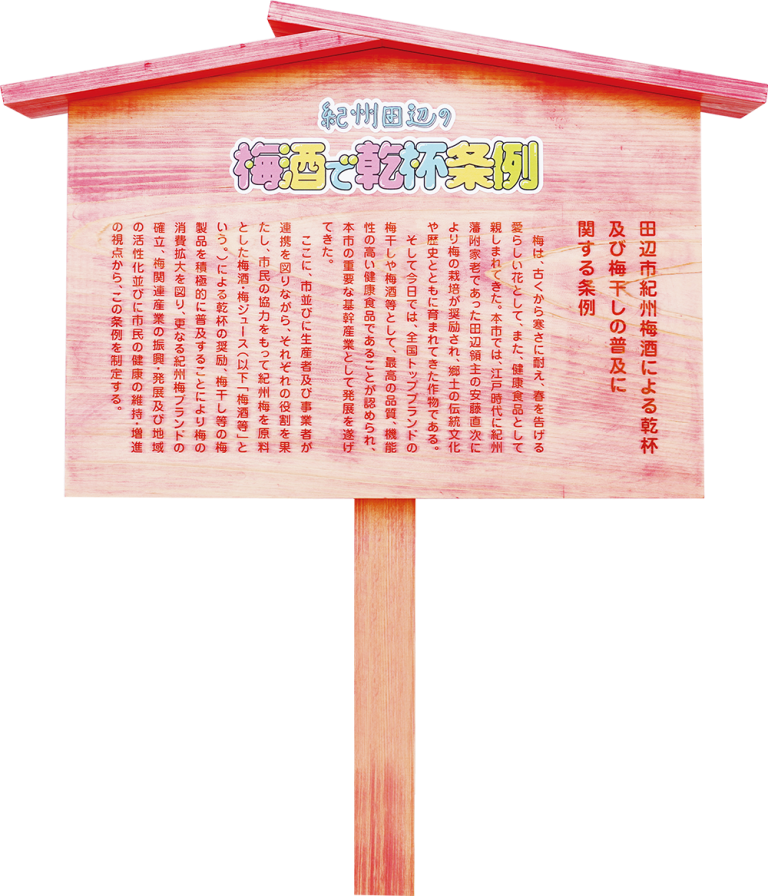
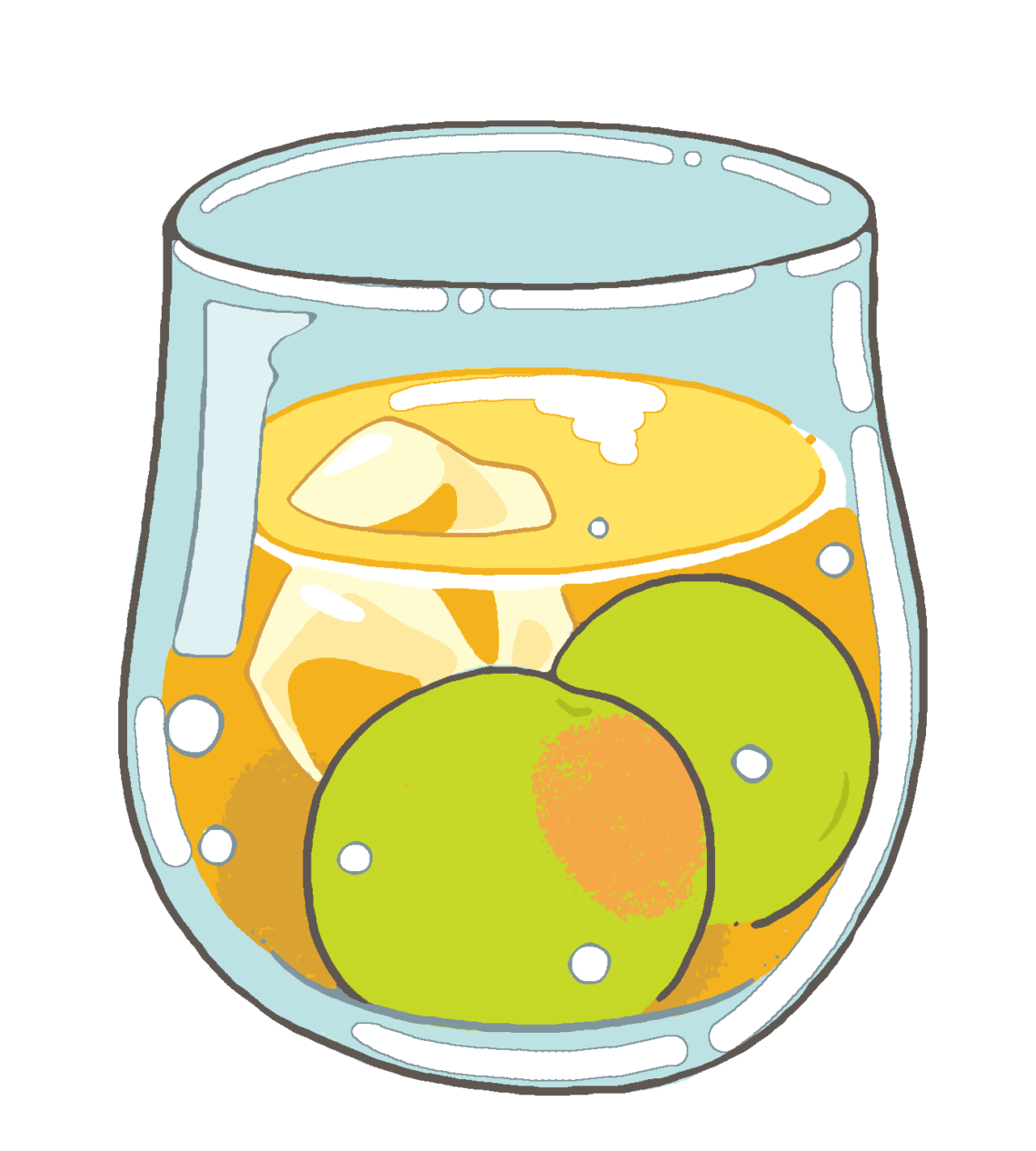
©Umeshu Tourism Executive Committee
+81(0)739-26-9929
(Tanabe City Tourism Promotion Division)